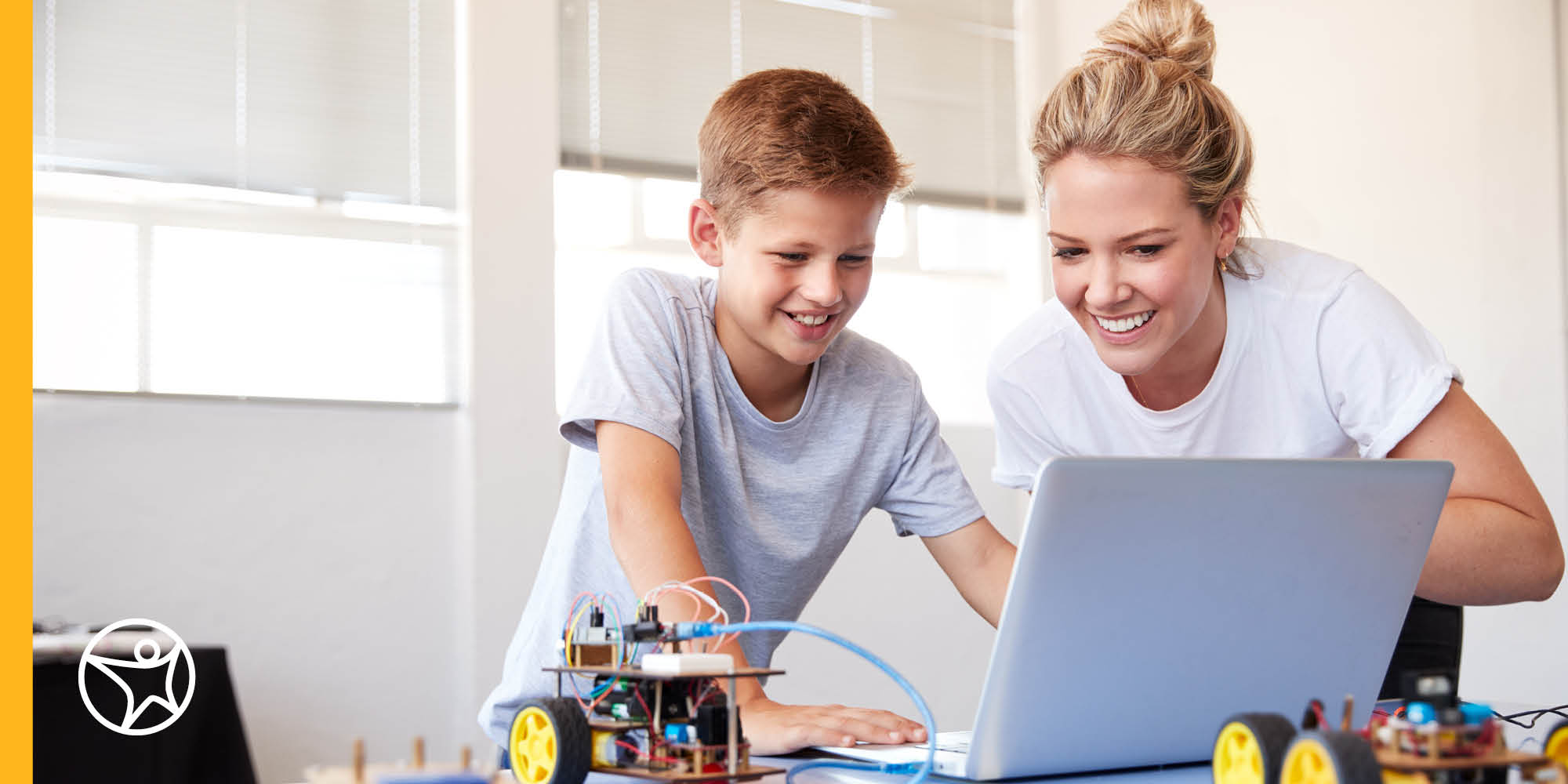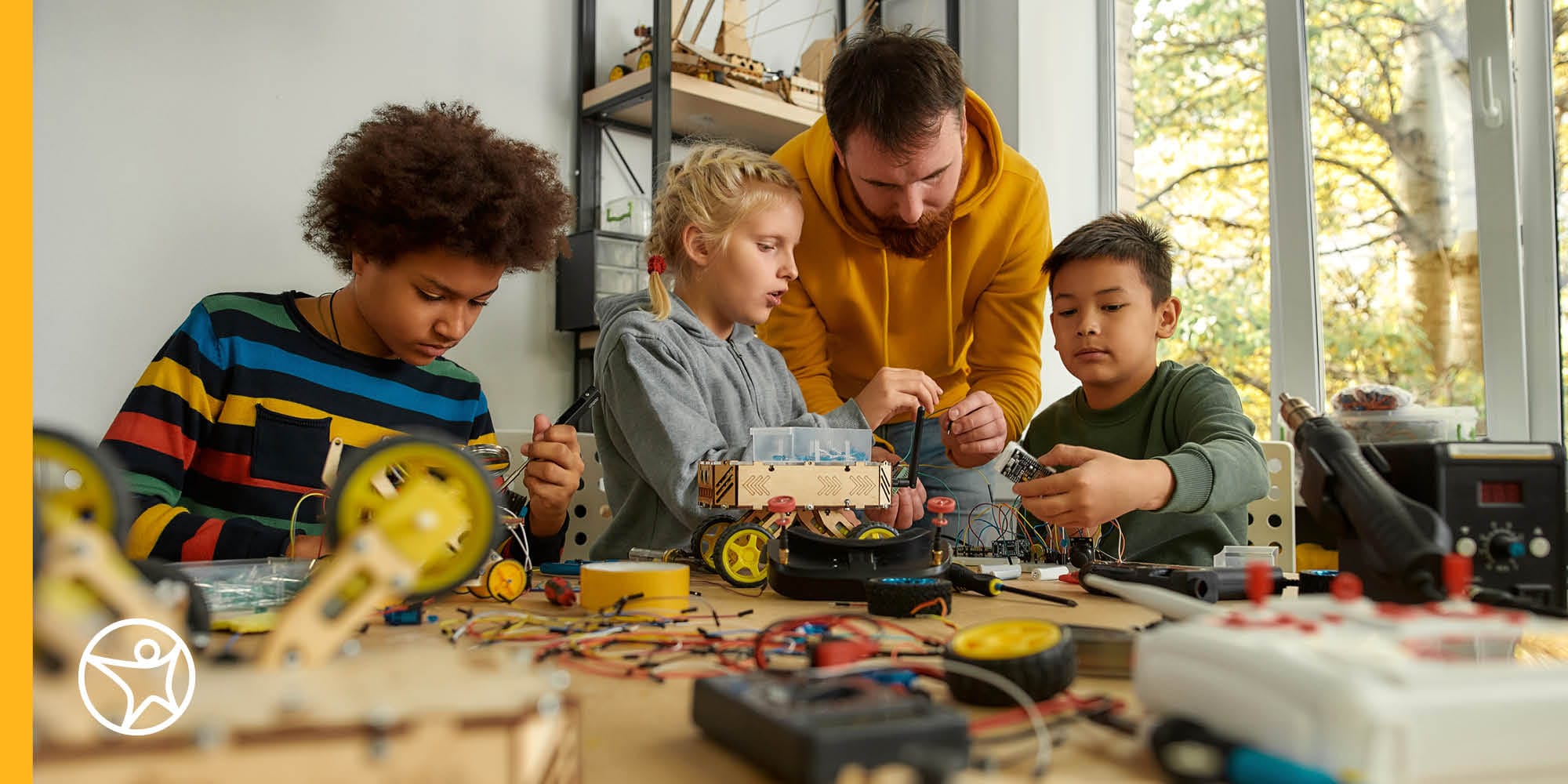Science Experiment for Kids: Musical Water Glasses Learning Activity
by Valerie Kirk
3 min to read
Learning to read music can improve your math skills. But can music help you learn science, too? The answer is – YES!
This hands-on Musical Water Glasses activity for elementary or middle school students incorporates the elements of STEAM learning – science, technology, engineering, arts, and math. It can be done at home with ingredients you probably already have in your house. Use it to supplement home learning—like online school students who are enrolled at Connections Academy, or for homeschool projects, or as just for fun with your student!
Musical Water Glasses STEAM Activity
Here are some things your student will learn how to do in this activity:
- Use measuring cups – and learn about fractions
- Create secondary colors from primary colors with food coloring
- Understand and manipulate sound waves
- Play different songs on the musical scale
- Experiment with new concepts
- Fun Fact: Did you know that sound travels about up to five times faster in water than in air? Because humans have evolved to hear in air, noises underwater sound muffled.
Supplies Needed for this STEAM Activity
Here is what you will need for the Musical Water Glasses STEAM activity:
- 8 identical water glasses
- Water
- Measuring Cups
- Red, yellow, and blue food coloring
- 1 plastic spoon
- 1 sheet of paper
- Tape
- Something to write with
Download the Musical Water Glasses STEAM Activity
Although this STEAM activity is simple, it’s a great way for your student to gain science skills, practice math, and learn about music. Because this activity can be used to teach many different lessons, you can easily adapt it for different online school or homeschool age groups.
Extend this Learning Activity
Get the most out of this at home learning activity and see if you can pique your student’s interest in STEM. Here are additional STEAM experiments and observations to try:
- Fill the glasses by increments of ¼ cup. What do the glasses sound like now?
- Take two glasses and fill each with ¼ cup of water. Add one tablespoon of water to the second glass. Do the glasses sound the same or different when you tap them? Keep adding a tablespoon at a time until you can distinguish the notes. How many tablespoons of water does it take?
- Encourage students to experiment with different types of glass tappers, like a metal spoon, a wooden spoon, and so on. Do different tappers produce different sounds? Which one makes the clearest sound?
- Another interesting way to produce sounds is to gently glide your finger around the edge of the glass to produce a higher-sounding frequency (your finger should be slightly wet).
- Cut a balloon and make a tight, drum-like head over the glass (or a cup, if you prefer), creating tension by securing the balloon over the glass or cup with a rubber band. Then have your student tap on it with the eraser end of a pencil or pen.
- Try the activity using different types of glasses. You can use regular drinking glasses, wineglasses, and mason jars, for example. Which type of glass makes best sound?
- Give your student a list of songs with simple tunes and have them figure out how to play them on the water glasses. This activity also teaches problem solving.
Why STEAM?
By making STEM and STEAM fun, according to research, “we are preparing our students to work in fields that are poised for big growth.” In fact, the top four skill areas needed to succeed in the jobs of the future include:
- Critical thinking and problem solving
- Communication
- Collaboration
- Creativity and innovation
For online school students, encouraging STEM and STEAM activities lets you and your child discover together if they have a knack discovery, creativity, and problem-solving. Talk to your student after these activities to learn about what they liked or found exciting. It might be useful information for you so you can encourage them to try other STEAM at-home learning activities like designing robots, building Rube Goldberg Machines, or making their own fossils!
To learn how you can be more involved in your children’s education by having the flexibility to customize more STEM and STEAM activities into their day, check out these five sample online school schedules and see if we’d be the right fit for your family.



